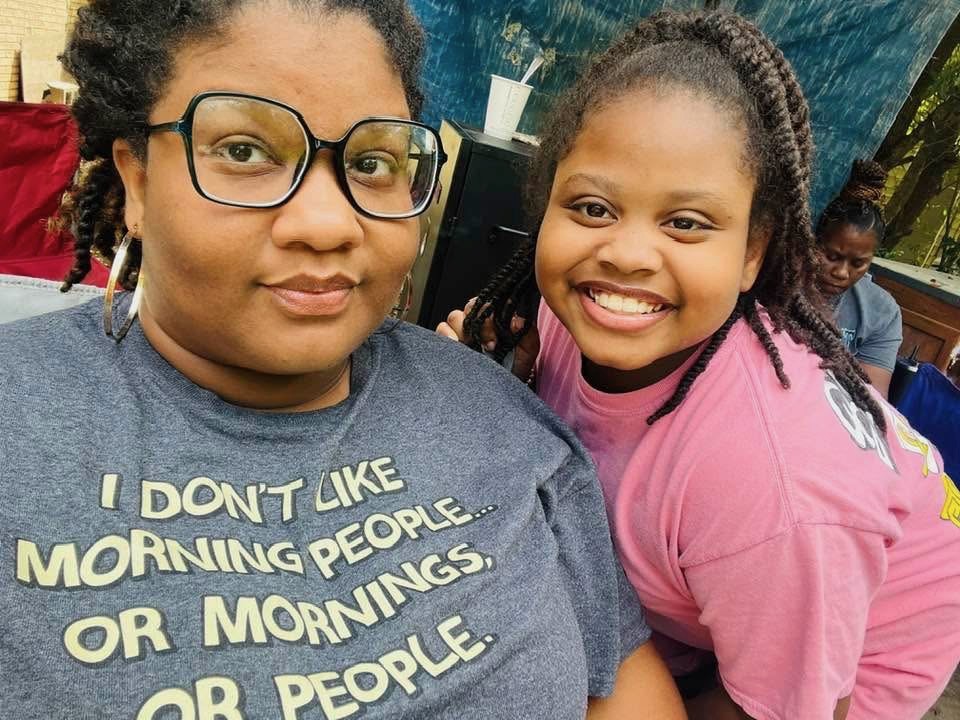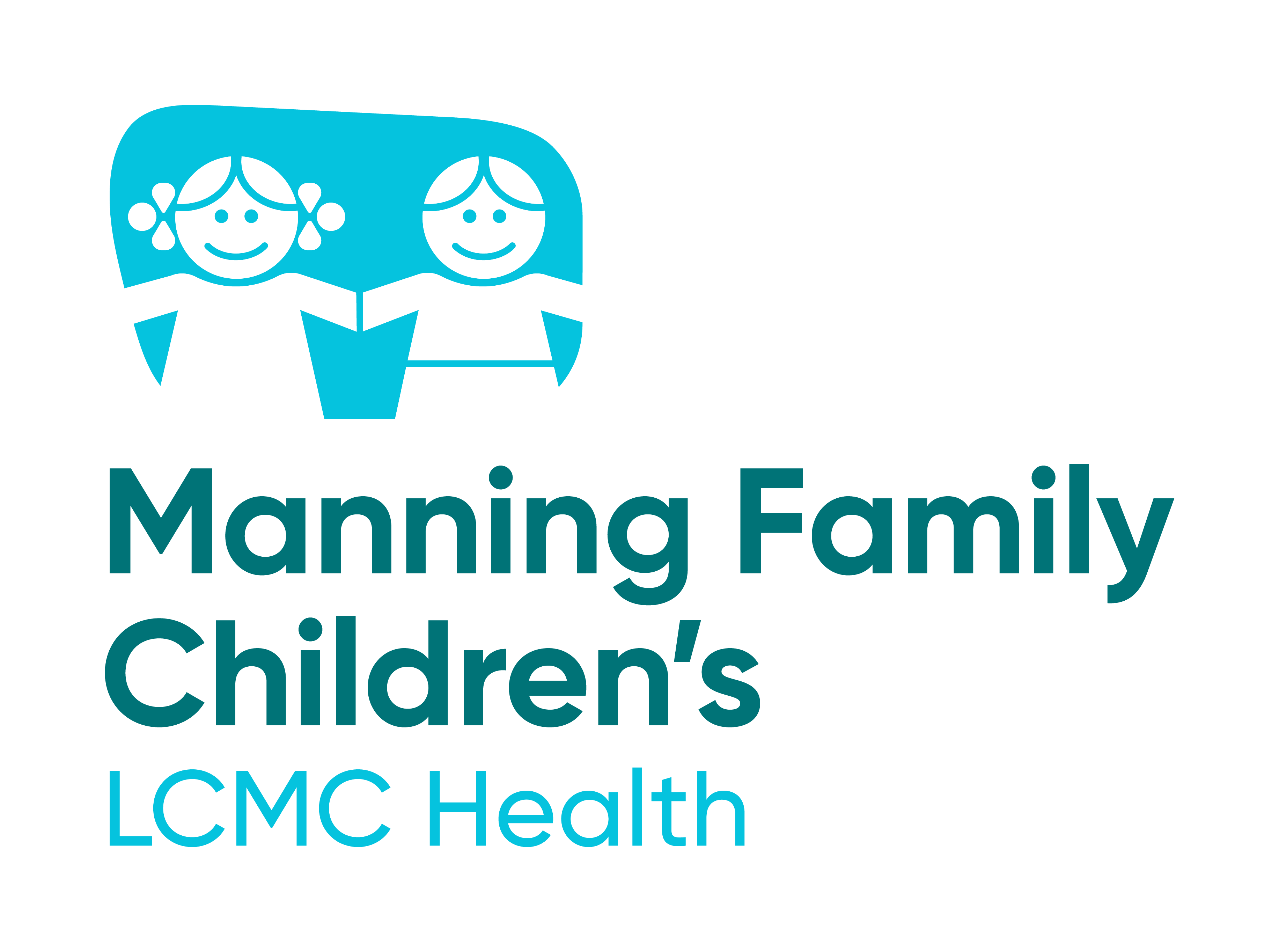Beating the odds: How a stem cell transplant helped Paisley overcome sickle cell disease at Manning Family Children’s
- Category: Patient Stories, Hematology
- Posted on:

When Dynisha Mitchell gave birth to her daughter, Paisley, in May 2014, she knew immediately something was wrong.
“She cried so much in the beginning,” recalled Dynisha. “I knew there was something very wrong.”
Just six weeks later, after an appointment with her hometown hematologist in Shreveport, L.A., Dynisha learned that Paisley had sickle cell disease, a genetic condition that affects the shape of red blood cells and can cause chronic pain, infections, and other serious complications.
“I knew nothing about sickle cell at the time,” Dynisha said. “I immediately started Googling and, of course, it scared the heck out of me. I was suffering from postpartum depression but after reading about the condition, I woke up to the fact that I needed to get involved or she could die.”
Understanding sickle cell disease
Sickle cell disease is a genetic blood disorder where red blood cells, instead of being round and flexible, are shaped like crescents or “sickles.” These sickle-shaped cells are stiff and sticky, which means they can clump together and block blood flow. When that happens, it causes painful episodes known as pain crises. The disease can also lead to chronic anemia, fatigue, slowed growth, and higher risks of infection.
Because sickle cell affects the blood, it impacts nearly every part of the body. Children with this condition may need extra monitoring, protection against infection, and support during pain episodes. But thanks to advances in medicine, there are more tools than ever to help manage it. Preventive antibiotics like penicillin can reduce infections in young children, folic acid supports healthy red blood cell growth, and medications such as hydroxyurea help reduce crises by encouraging the production of healthier red cells. In more severe cases, stem cell transplants can be used as a curative therapy for sickle cell disease.
Living with sickle cell disease
From infancy, Paisley faced painful challenges. At just 8 months old, she contracted a virus that required her first blood transfusion. In a transfusion, blood or blood components—such as red blood cells or platelets—are given from a donor to the patient through an intravenous (IV) line.
By age four, Paisley experienced her first full sickle cell crisis, a severe episode in which her misshapen red blood cells blocked blood flow, causing intense pain and sometimes complications that require urgent medical care. 
Over the years, the disease has affected her bones and in 2022, she required a wheelchair to get around until she was able to undergo hip core decompression surgery in 2024, which allowed her to walk again.
When doctors in Shreveport finally told Dynisha that Paisley was a candidate for a stem cell transplant which, if successful, would rid the 11-year-old of sickle cell forever. Determined to give her daughter that chance, Dynisha brought Paisley to Manning Family Children’s in March of 2025.
“It made me feel great that she was being treated like an individual,” Dynisha said. “Being able to have full pediatric care by caregivers who know how to personalize care for children with sickle cell meant everything to me.”
Transplant and recovery
 Before Paisley could undergo the transplant, she faced five days of intensive chemotherapy to prepare her body for the new cells. Finally, on April 1, 2025, Paisley received a bone marrow transplant at Manning Family Children’s. Paisley’s donor was found in the national database and was a 9/10 match.
Before Paisley could undergo the transplant, she faced five days of intensive chemotherapy to prepare her body for the new cells. Finally, on April 1, 2025, Paisley received a bone marrow transplant at Manning Family Children’s. Paisley’s donor was found in the national database and was a 9/10 match.
“In transplant medicine, a ‘9 out of 10 match’ typically means the donor's Human Leukocyte Antigen (HLA) markers are identical to the recipients in nine of the 10 critical locations evaluated for a perfect match,” said Paisley’s hematologist. “This indicates a near-perfect, but not absolute, match.”
Dynisha credits nurse practitioner Olivia Cornwell, CPNP-AC, nurse Lauren, and child life specialist Amy Lee MS, MSW, CCLS, CIMI, RWWP, with making the process less overwhelming. “Olivia made me feel like Paisley was her only patient. She was very lighthearted about the process which made it so much less stressful,” Dynisha said. “As a single parent, going through this with my daughter was so difficult, Olivia had my back and Amy had Paisley’s back.”
Chemo wasn’t easy on Paisley or Dynisha. But Dynisha wants to offer a shout out to the on-call physicians. “I had to call them several times and they were always there. They made it clear that if I was unsure about anything I could call – 24/7. And knowing help was only one call away was incredibly comforting to me.”
Paisley’s bone marrow transplant worked! Her body welcomed the new cells quickly and she was discharged on August 1, 2025, exactly four months to the date she entered the hospital.
Looking ahead – painfree!

Today, Paisley is continuing her recovery at home, supported by her family. She enjoys painting, playing piano, and keeping up with friends online while she completes her school year virtually to reduce infection risks. Paisley is going with the flow now that she is pain free!
Though the journey has been long and challenging, Dynisha is grateful for the compassionate care her daughter received at Manning Family Children’s. “Anything we needed, the team was there. The physicians were always available, and I felt safe and secure as a parent.”
September is Sickle Cell Awareness Month. Join the fight against sickle cell disease today by visiting manningchildrens.org/sicklecell.
For more information about the hematology services at Manning Family Children’s, visit Hematology Services | Manning Family Children's
###
About Manning Family Children’s:
Manning Family Children’s is a 263-bed, non-profit academic pediatric medical center that offers comprehensive healthcare services, including over 40 pediatric specialties, just for children. With more than 600 pediatric providers, Manning Family Children’s offers a comprehensive array of specialized pediatric services in Louisiana and the Gulf South. In addition to its main campus located in New Orleans, Children’s operates a network of specialty clinics across Louisiana, including in Covington, Baton Rouge, Alexandria, Lafayette, and the Mississippi Gulf Coast. Children’s offers primary care at 17 convenient locations, along with a network of statewide pediatric affiliations. Children’s is a proud member of LCMC Health, a Louisiana-based, not-for-profit hospital system which also includes New Orleans East Hospital, Touro, University Medical Center New Orleans, West Jefferson Medical Center, East Jefferson General Hospital, Lakeview Hospital, and Lakeside Hospital. Learn more at manningchildrens.org.



